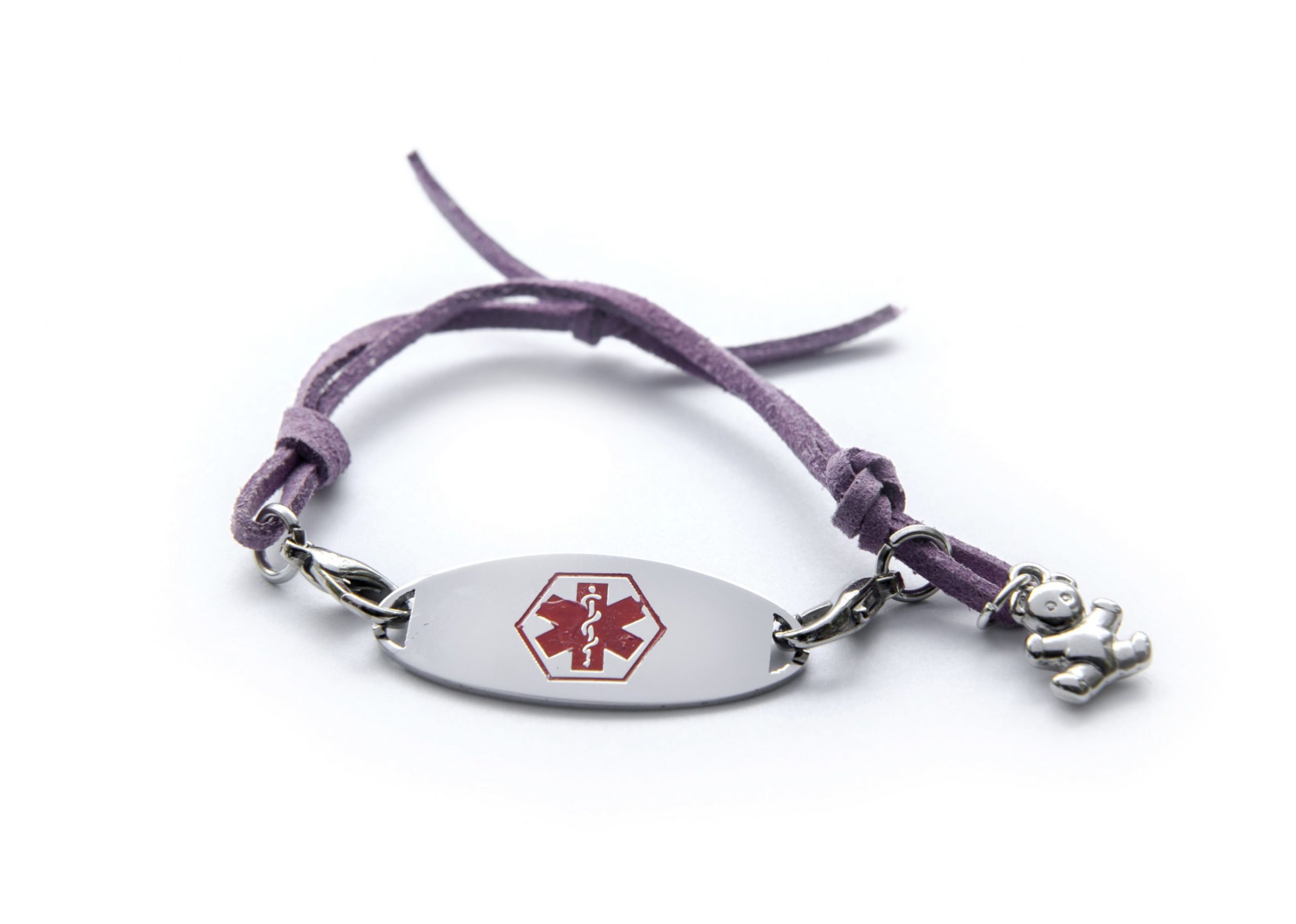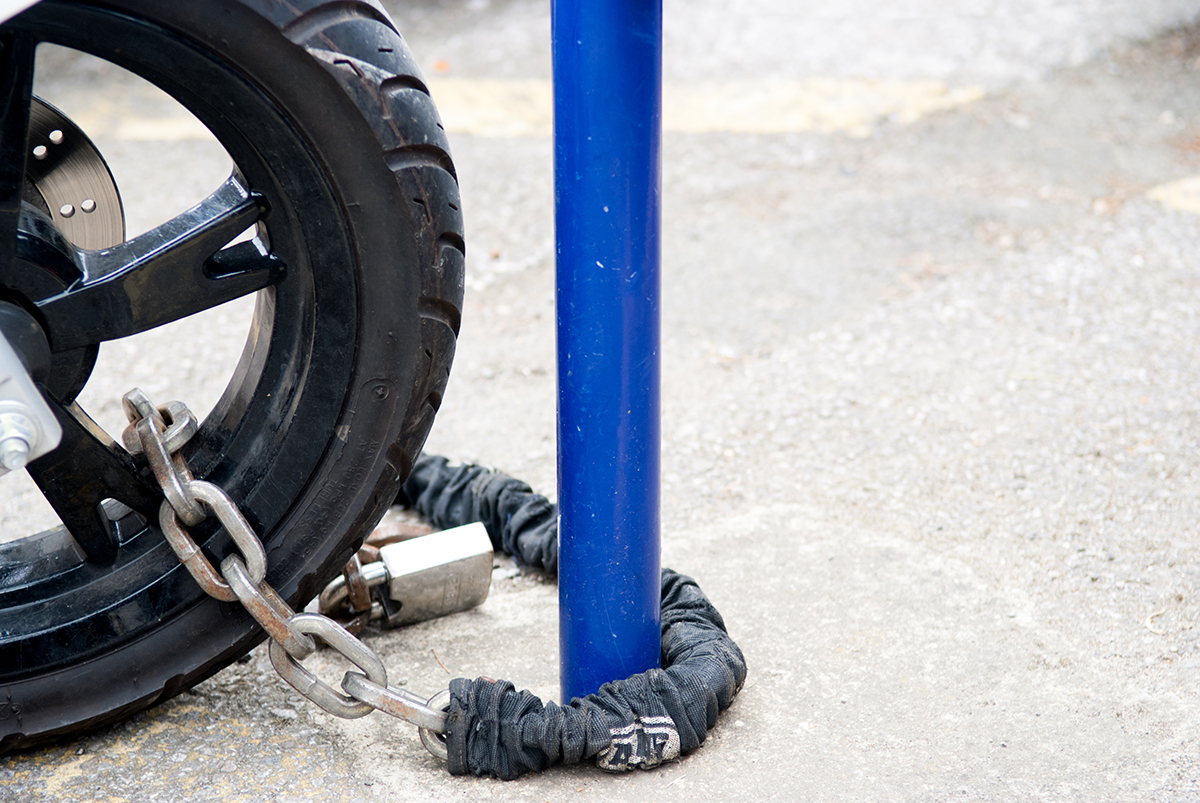The pros and cons of having a medical bracelet, and everything you need to know before you buy
While people have been using medical ID bracelets as far back as the early 1950s, the technology and design behind these bracelets have continued to evolve. Today, many medical alert bracelets feature a wearable USB, QR code, or wifi communications system that can store all of your health information in a digital format.
The idea behind these innovations is that emergency responders will recognize the medical bracelet, plug the USB into a computer or scan the code, and access a patient’s full medical history with ease. Unfortunately, while this breakthrough technology is an asset for anyone with a medical condition, medical bracelets do have their limitations.
Debunking Common Myths About Medical Alert Bracelets
Medical bracelets aren’t meant to be the holy grail to emergency medical treatment. There are pros and cons to these devices. To better understand what you need to know before making a purchase, let’s uncover the truth behind medical alert bracelets and whether or not they’re reliable.
ICE Bracelets and Medical Alert Systems Aren’t The Same
There is a difference between “In Case of Emergency” (ICE) bracelets and medical alert bracelets, but it’s easy to get the two confused. ICE bracelets are only able to provide EMTs and other individuals with your emergency contact information. Medical alert jewelry, on the other hand, conveys so much more.
Medical alert systems are created for people with conditions or concerns that medical personnel or anyone else assisting them should know if they can’t speak for themselves.
If your ICE bracelet only has your emergency contact information and your contacts don’t pick up the phone, you won’t be able to disclose your medical history, allergies, or prescriptions to EMS.
By having a medical alert system rather than a basic ICE bracelet, EMS personnel will have an easier time accessing your health information when you need help the most.
EMTs are Trained to Check Your Vital Signs First – Then Look For Your Medical ID
Medical IDs have been around for a long time, so many people think EMTs make a point to check patients for them. But, when tragedy strikes, they’re primarily focused on keeping you alive and well.
First, they must check the “ABCs” – your airway, breathing, and circulation. If you’ve sustained severe trauma, they’ll also check for spinal injuries or bleeding. After assessing your breathing, pulse, and potential trauma, EMTs might check for a medical ID. But they’re not obligated to do so.
While it isn’t the first thing they’ll look for, all EMS personnel are trained to recognize basic medical alert bracelets, and most will do so if their patient is unconscious. If you’re unconscious, a bracelet could provide critical information that may save your life.
EMS Aren’t Always Up to Date on The Latest Alert Technologies
If a healthcare product is sold on the market, all emergency personnel know how to use it, right? Not quite.
In a perfect world, this would be true. But reports have surfaced that some new medical ID bracelets confuse medics because they’re unfamiliar with the devices. At the same time, many ambulances aren’t equipped with reliable internet access or the technology necessary to read the information stored in these alert systems.
While this technology can store life-saving information, it does little good if EMS personnel aren’t universally trained and equipped to use the devices. Instead, using an app like Rescu that stores your emergency contacts and medical history and can send it directly to police, fire, or EMTs may be a more practical option.
Medical Alert Bracelets Are a Better Alternative to Necklaces and Tattoos
Many people believe that EMTs will look everywhere for signs of medical information, including necklaces, anklets, bracelets, and tattoos. But EMTs are far more likely to notice something on your wrist while they are checking your pulse or putting in an IV rather than other places on your body.
Anklets can easily stay hidden, and EMTs may not notice them until later. Necklaces may also be covered by clothing or easily mistaken for regular jewelry. Tattoos can be overlooked or even mistaken for regular tattoos if they aren’t placed in the right spot, especially if you have several of them.
If you’re considering buying a form of medical alert ID bracelets, it’s best to go with your standard, silver medical bracelet.
Medical Bracelets Aren’t All Feminine – There are Medical Bracelets for Men, Too!
Dainty silver bracelets aren’t always the preferred style for men. Many men want something that looks more masculine or even athletic. Although gold and silver plaques are the classic look for a medical ID, plenty of male styles are available.
Whether you want a bracelet with a fitness tracker or smartwatch-style band or one that’s leather-bound, it’s not as hard as you’d think to find medical bracelets for men. Plus, the benefits of wearing your health information right on your arm probably outweigh your need for a stylish accessory!
A Complete Medical Alert System at Your Fingertips
Medical alert bracelets come in all shapes, sizes, and styles suitable for men, women, and children. Regardless of your medical condition, your medical ID is an effective way to provide EMS personnel with valuable information when you can’t speak to them yourself.
We create the Rescu app to combine the features of a medical ID with an alert system, so you can get help fast and communicate with EMS effectively.
If there’s no one around to call for help or you’ve been in an accident where communication is difficult, Rescu not only stores your information, but it can get you the support you need with just two taps on your iPhone or Android device. Learn more about how Rescu can help you today.
It’s a decision that could save you or a loved one’s life.



